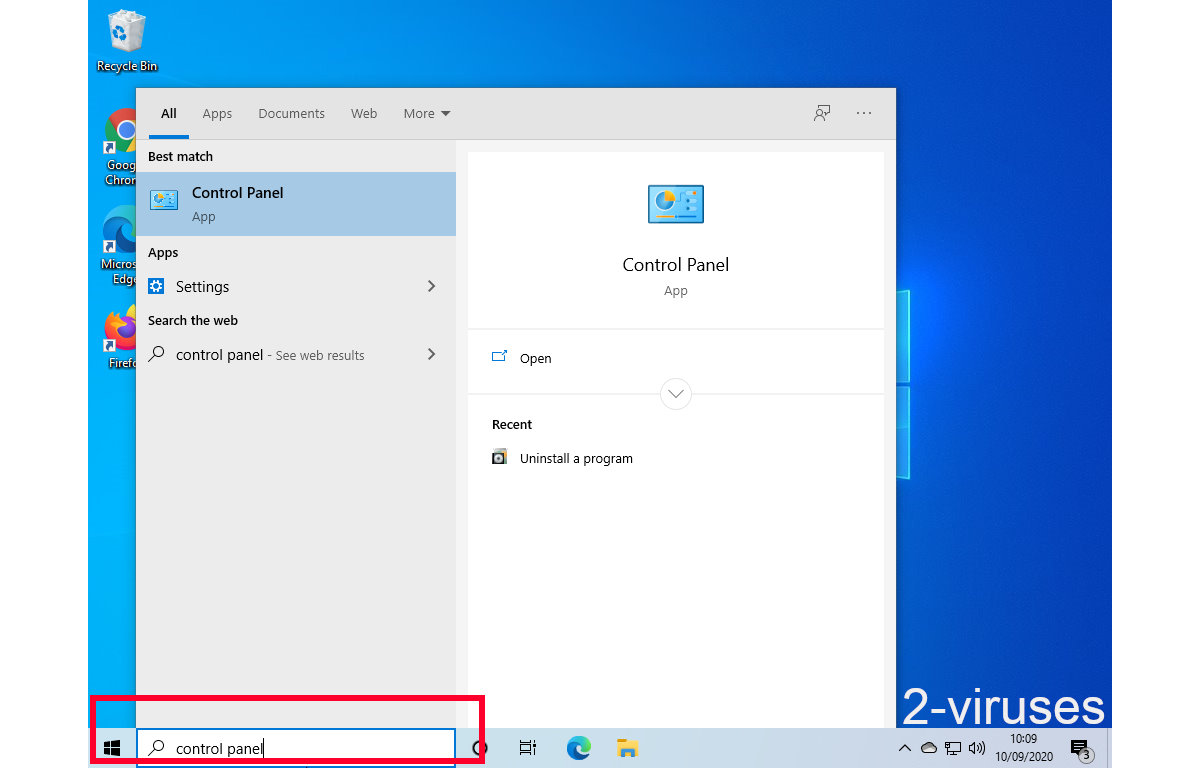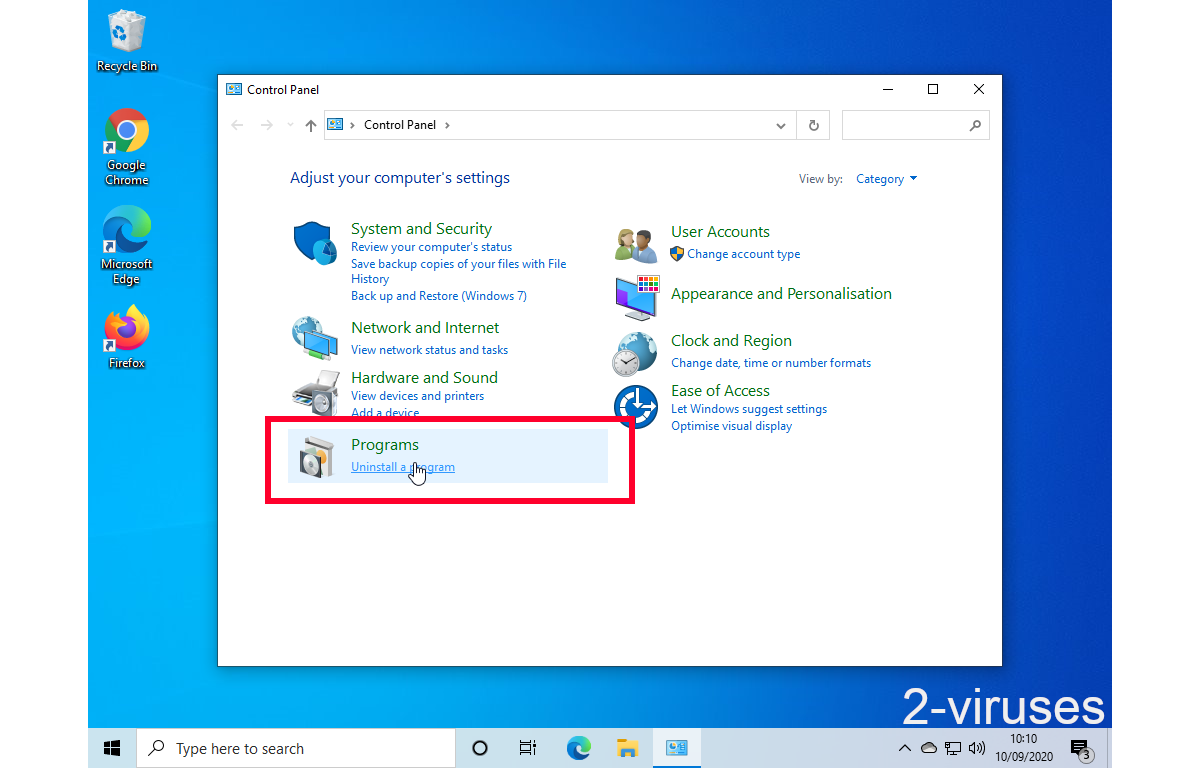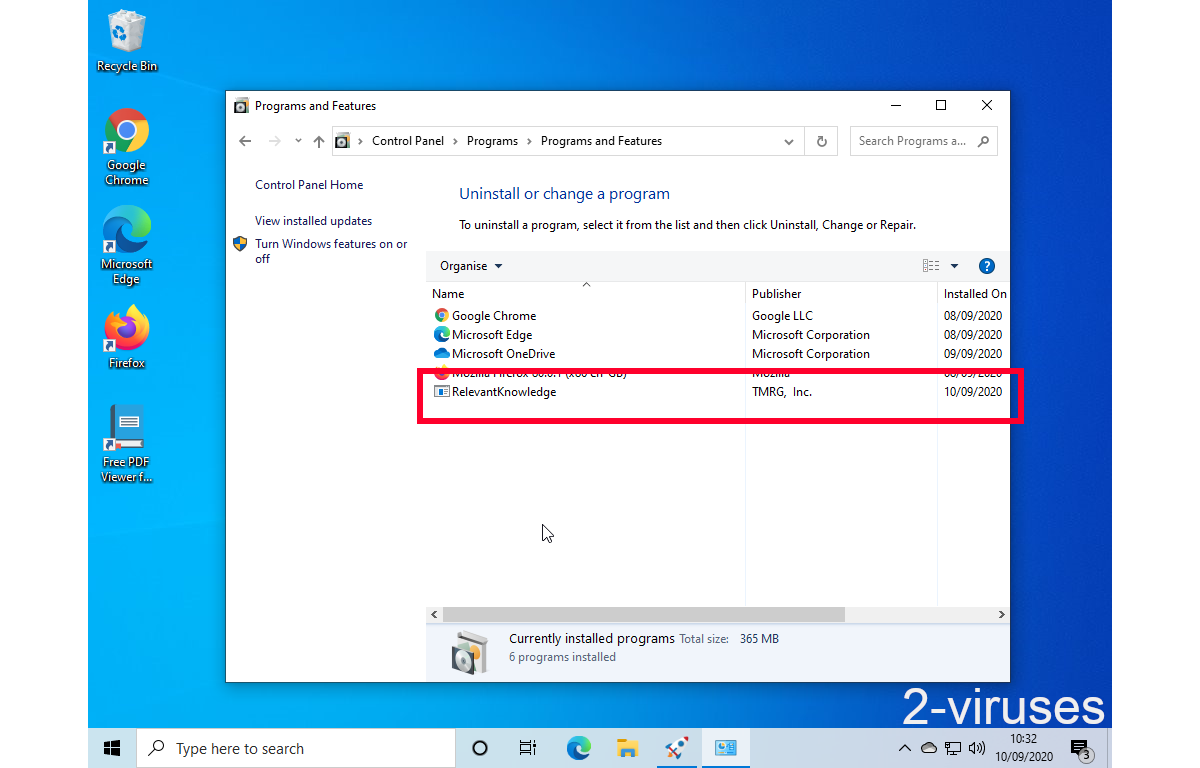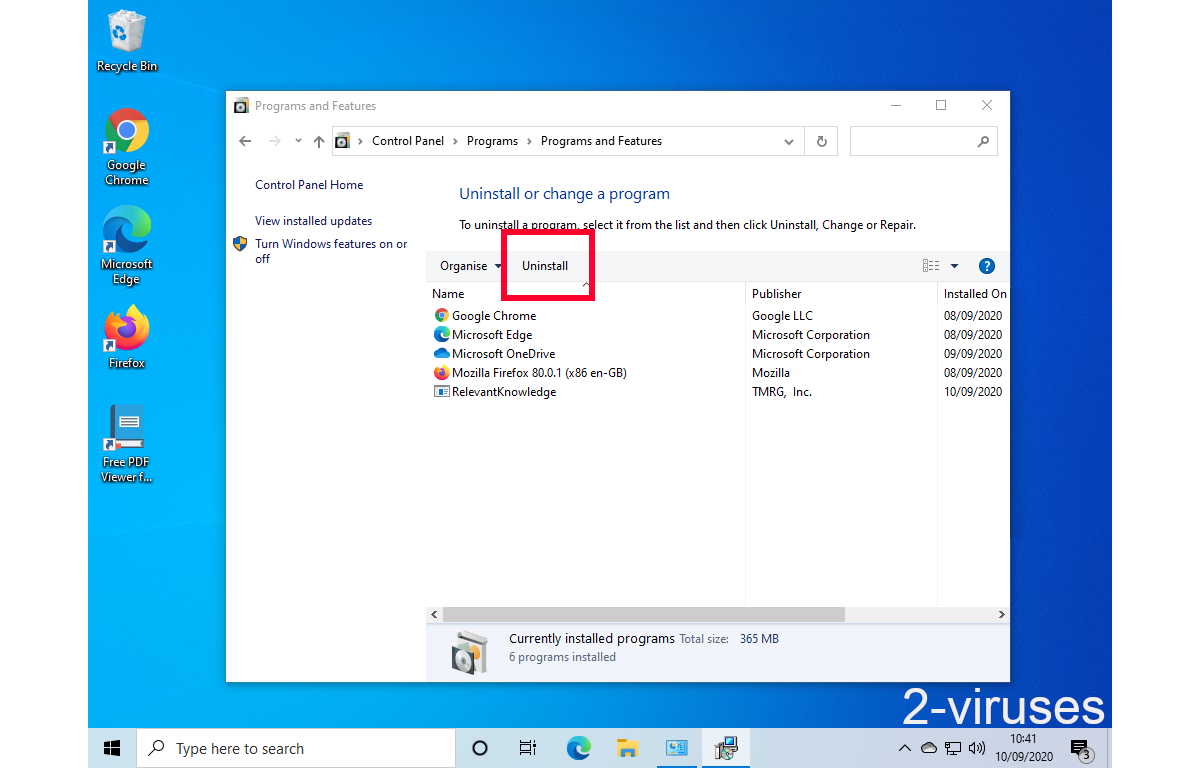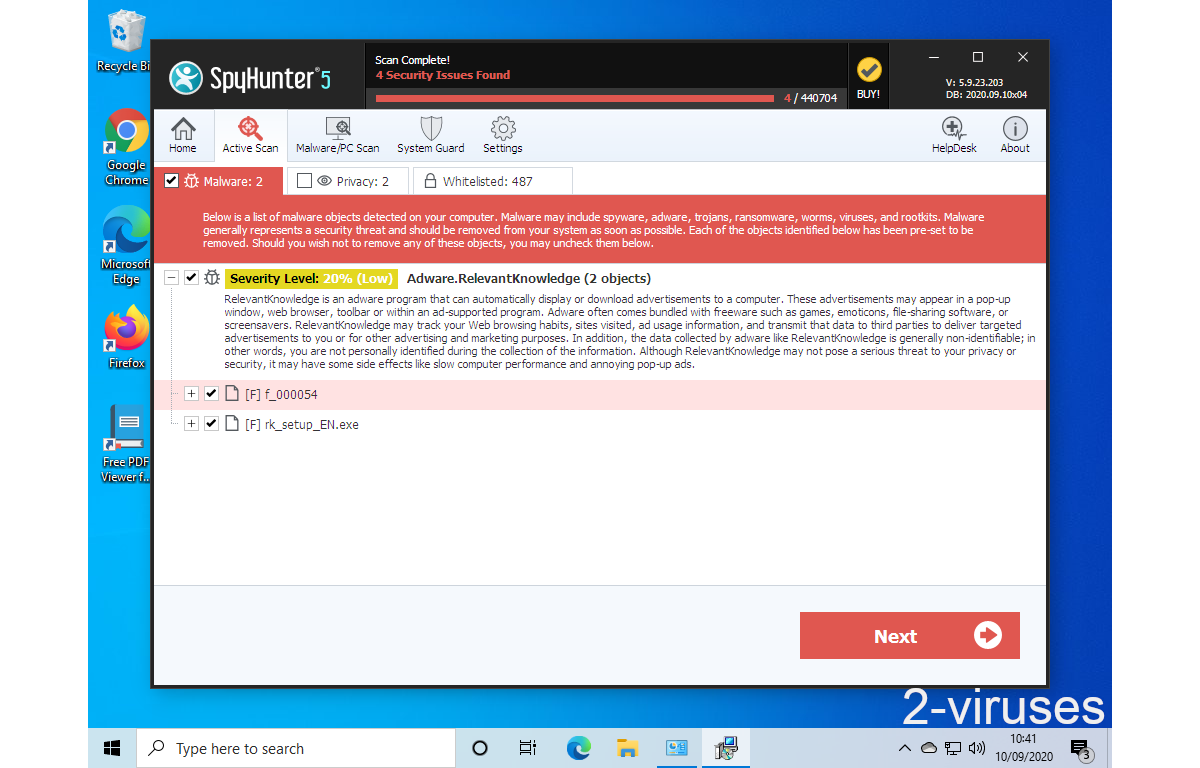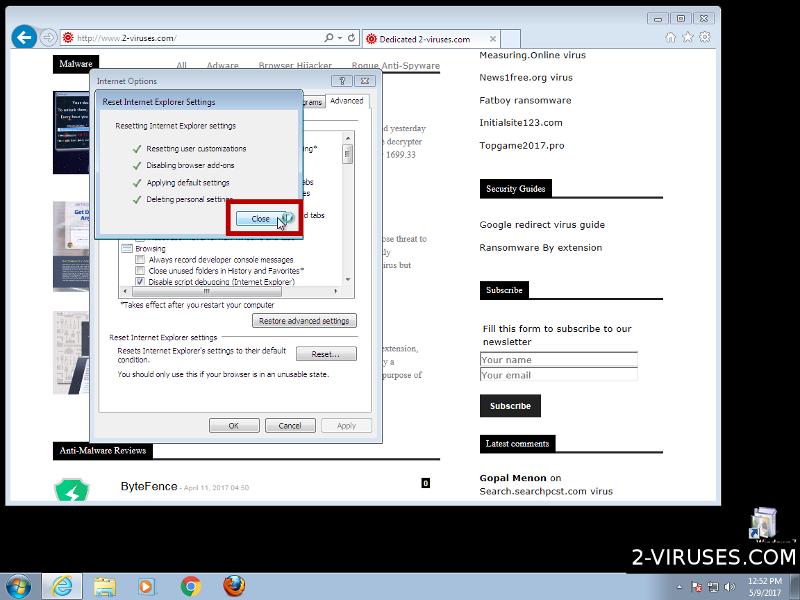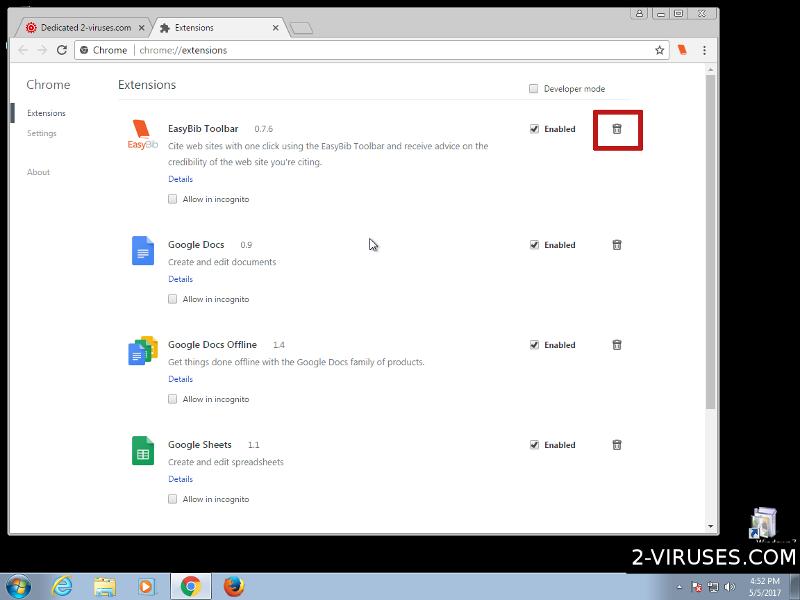LastPass browser extension’s fake version hits the web. It disguises itself as a password storage application just as the original LastPass is. This duplicate has even taken the name of the authentic one and names itself ‘‘LastPass’’ as well. Though its developer is AdGetBlock. The extension is promoted for Google Chrome web browser. Nevertheless, it targets the other major browsers such as Internet Explorer, Mozilla Firefox, Opera and Safari (for Apple) likewise.
About LastPass Extension
LastPass says to perform the similar functions as many password managers, such as Keychain and 1Password, implement. These encompass saving your multiple usernames and passwords and any other additional sensitive credentials and giving you secure access to all this data. You are only to create and remember the master password which autologin to every your accounts. This seems kind of scary to locate such a sensitive data somewhere in one place and on the Internet. Taking into account the last year security breach that happened to the official and legitimate LastPass site.
LastPass duplicate version seems to be much more dangerous as 1800 users have already been reported victims of this scam. It is notorious for redirect issues, to be specific, rerouting to appforchrome.com. This website further redirects to easydocmerger.com which, in turn, promotes apps such as Easy Doc Merger. Other ads and links sponsor similar fraud programs like Mindspark Interactive Network Inc among others. Following these links and clicking on the ads jeopardize your computer’s system as the websites you are to be redirected are suspicious. Keep in mind that LastPass stores your most valuable data which can easily become the target of spyware.
How does LastPass Extension Infect Your Computer?
It is a pity, but the highest probability of LastPass infection is an accidental transmission. It is typically bundled into freeware bundles available on the Internet and get installed along with the particular app you were actually to get on your computer. Therefore, you must take the installation seriously and do not let yourself easily get bored and simply keep clicking the Next button. Instead, relax, make yourself some coffee and read the EULA (End User License Agreement) or any other similar supplementary documentation you are provided with. Then, opt for Customized or Advanced installation settings and unmark optional installs.
To get rid of LastPass browser extension it is advisable to employ automatic malware removal tools such as Spyhunter. SpyHunter will remove this PUP and any other malware creatures residing in your computer. Follow the all-inclusive guide of LastPass removal below.
Lastpass quicklinks
- About LastPass Extension
- How does LastPass Extension Infect Your Computer?
- Automatic Malware removal tools
- Manual removal of LastPass
- How to remove LastPass using Windows Control Panel
- How to remove LastPass from macOS

Automatic Malware removal tools
(Win)
Note: Spyhunter trial provides detection of parasites and assists in their removal for free. limited trial available, Terms of use, Privacy Policy, Uninstall Instructions,
(Mac)
Note: Combo Cleaner trial provides detection of parasites and assists in their removal for free. limited trial available, Terms of use, Privacy Policy, Uninstall Instructions, Refund Policy ,
Manual removal of LastPass
How to remove LastPass using Windows Control Panel
Many hijackers and adware like LastPass (fake) install some of their components as regular Windows programs as well as additional software. This part of malware can be uninstalled from the Control Panel. To access it, do the following.- Start→Control Panel (older Windows) or press Windows Key→Search and enter Control Panel and then press Enter (Windows 8, Windows 10).

- Choose Uninstall Program (if you don't see it, click in the upper right next to "View by" and select Category).

- Go through the list of programs and select entries related to LastPass . You can click on "Name" or "Installed On" to reorder your programs and make LastPass (fake) easier to find.

- Click the Uninstall button. If you're asked if you really want to remove the program, click Yes.

- In many cases anti-malware programs are better at detecting related parasites, thus I recommend installing Spyhunter to identify other programs that might be a part of this infection.

How to remove LastPass from macOS
Delete LastPass (fake) from your applications.- Open Finder.
- In the menu bar, click Go.
- Select Applications from the dropdown.
- Find the LastPass app.
- Select it and right-click it (or hold the Ctrl and click the left mouse button).
- In the dropdown, click Move to Bin/Trash. You might be asked to provide your login password.
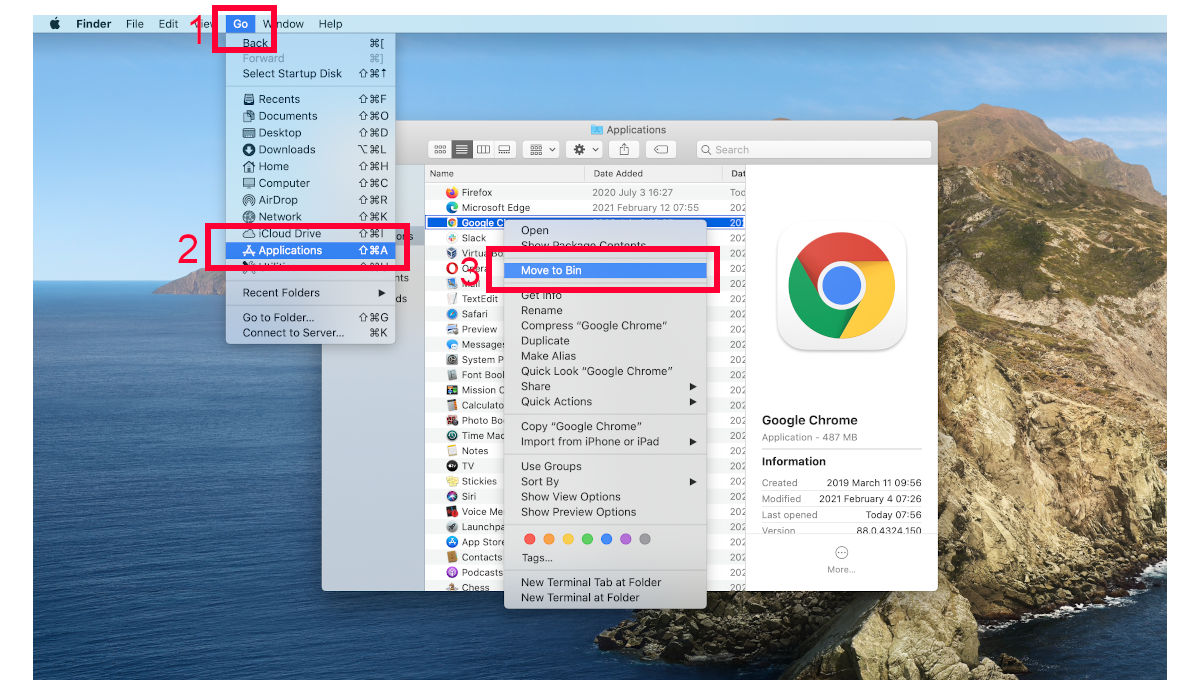
TopRemove malicious extensions from Internet Explorer
- Press on the Gear icon→Manage Add-ons.

- Go through Toolbars and extensions. Remove everything related to LastPass (fake) and items you do not know that are made not by Google, Microsoft, Yahoo, Oracle or Adobe.

- Close the Options.
(Optional) Reset your browser’s settings
If you are still experiencing any issues related to LastPass, reset the settings of your browser to its default settings.
- Press on the Gear icon->Internet Options.

- Choose the Advanced tab and click on the Reset button.

- Select a “Delete personal settings” checkbox and click on the Reset button.

- Click on the Close button on the confirmation box, then close your browser.

If you cannot reset your browser settings and the problem persists, scan your system with an anti-malware program.
TopRemoving LastPass (fake) from Chrome
- Click on the menu button on the top right corner of a Google Chrome window. Select “Settings”.

- Click “Extensions” on the left menu bar.
- Go through the extensions list and remove programs you do not need, especially similar to LastPass. Click on the trash bin icon next to LastPass (fake) or other add-ons you want to remove.

- Press on the “Remove” button on the Confirmation window.

- If unsure, you can disable them temporarily.

- Restart Chrome.
(Optional) Reset your browser’s settings
If you are still experiencing any issues related to LastPass, reset the settings of your browser to its default settings.
- Click on Chrome’s menu button (three horizontal lines) and select Settings.

- Scroll to the end of the page and click on the Reset settings button.

- Click on the Reset button on the confirmation box.

If you cannot reset your browser settings and the problem persists, scan your system with an anti-malware program.
TopRemoving LastPass (fake) from Firefox
- Click on the menu button on the top right corner of a Mozilla window and select the “Add-ons” icon (or press Ctrl+Shift+A on your keyboard).

- Go through Extensions and Addons list, remove everything LastPass related and items you do not recognise. If you do not know the extension and it is not made by Mozilla, Google, Microsoft, Oracle or Adobe then you probably do not need it.

- Click on the menu button on the top right corner of a Mozilla Firefox window. Click on the Help button.

- Choose Troubleshooting Information on the Help menu.

- Click on the Reset Firefox button.

- Click on the Reset Firefox button on the confirmation box. Mozilla Firefox will close and change the settings to default.

How to remove LastPass (fake) from Microsoft Edge:Top
- Click on the menu button on the top right corner of a Microsoft Edge window. Select “Extensions”.
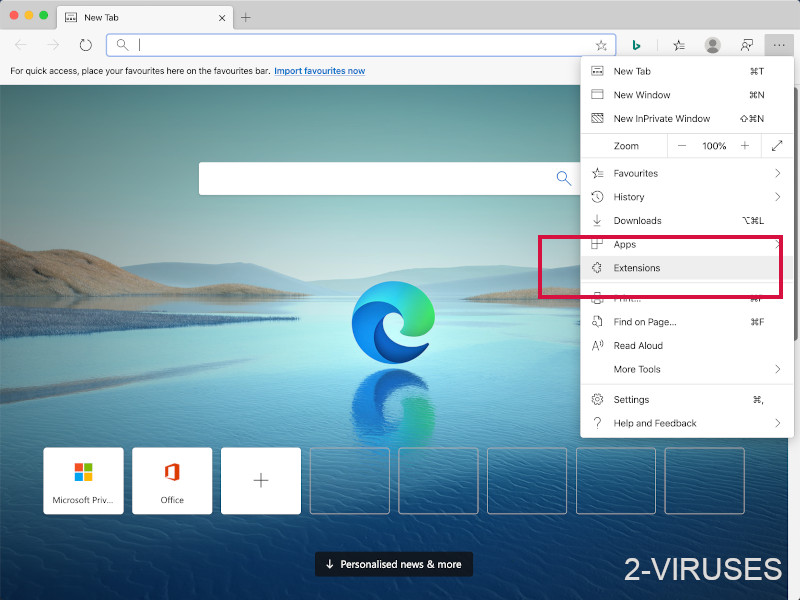
- Go through the extensions list and remove programs you do not need, especially similar to LastPass. Click on the "Remove" icon next to LastPass (fake) or other add-ons you want to remove.
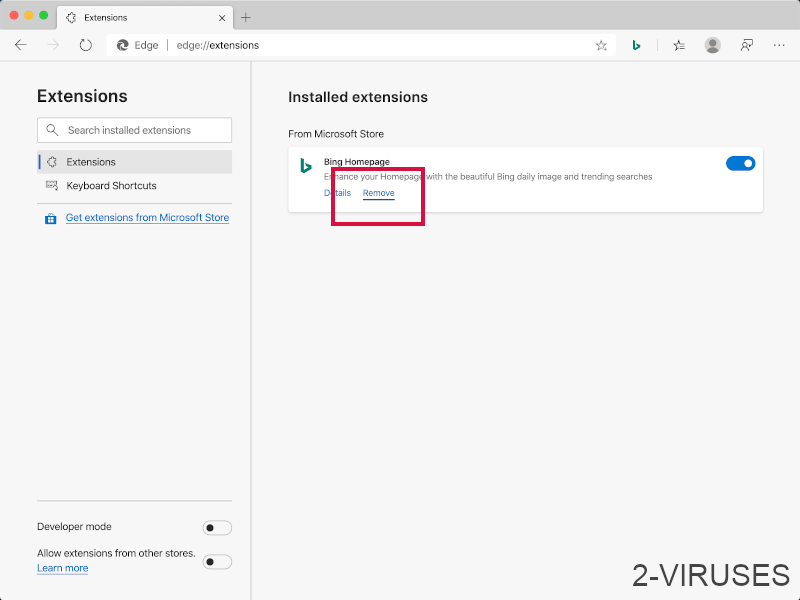
- Press on the “Remove” button on the Confirmation window.
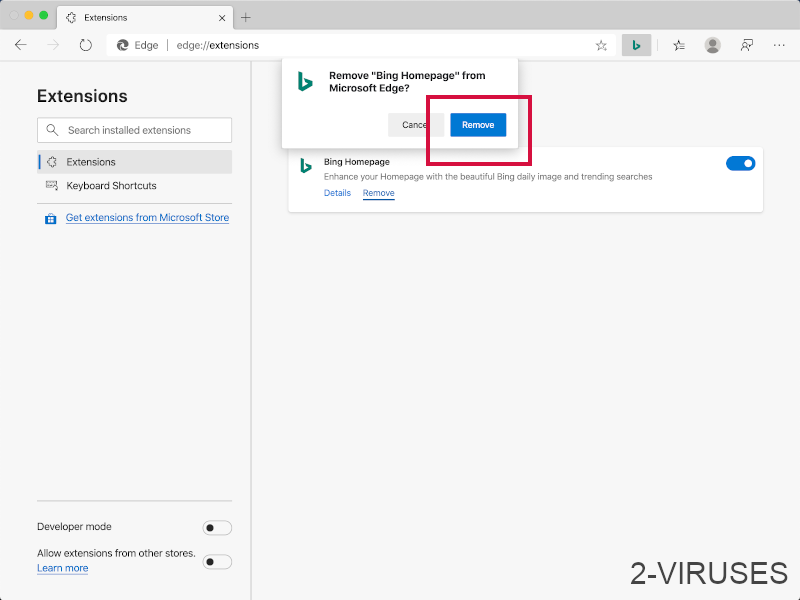
- If unsure, you can disable them temporarily.
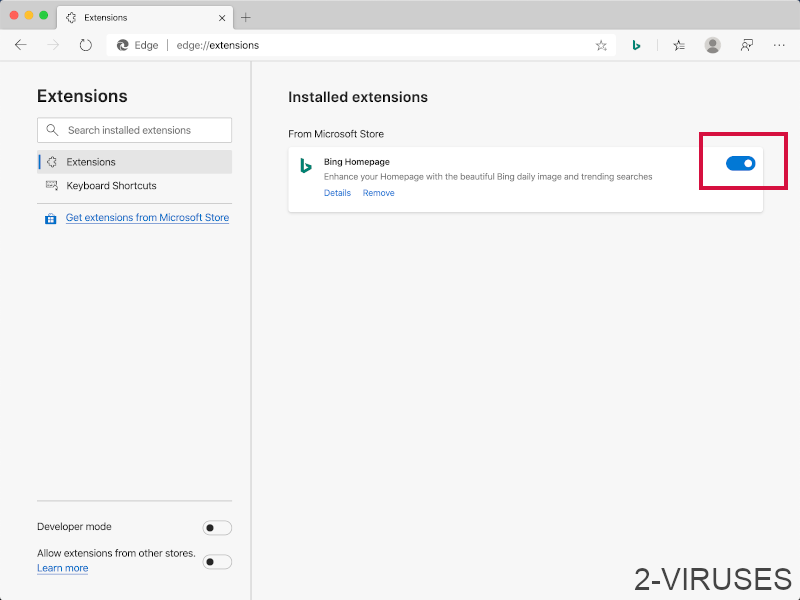
- Restart Microsoft Edge.
TopRemoving LastPass from Safari (Mac OS X)
- Click on the Safari menu.
- Choose Preferences.

- Click on the Extensions Tab.
- Click on the Uninstall button near the LastPass (fake). Remove all other unknown or suspicious entries too. If you are not sure whether you need the extension or not, you can simply uncheck the Enable check-box to disable the extension temporarily.

- Restart Safari.
(Optional) Reset your browser’s settings
If you are still experiencing any issues related to LastPass, reset the settings of your browser to its default settings.
- Click on the Safari menu on the top left corner of the screen. Select Reset Safari.

- Select which options you want to reset (usually all of them come preselected) and click on the Reset button.

If you cannot reset your browser settings and the problem persists, scan your system with an anti-malware program.
